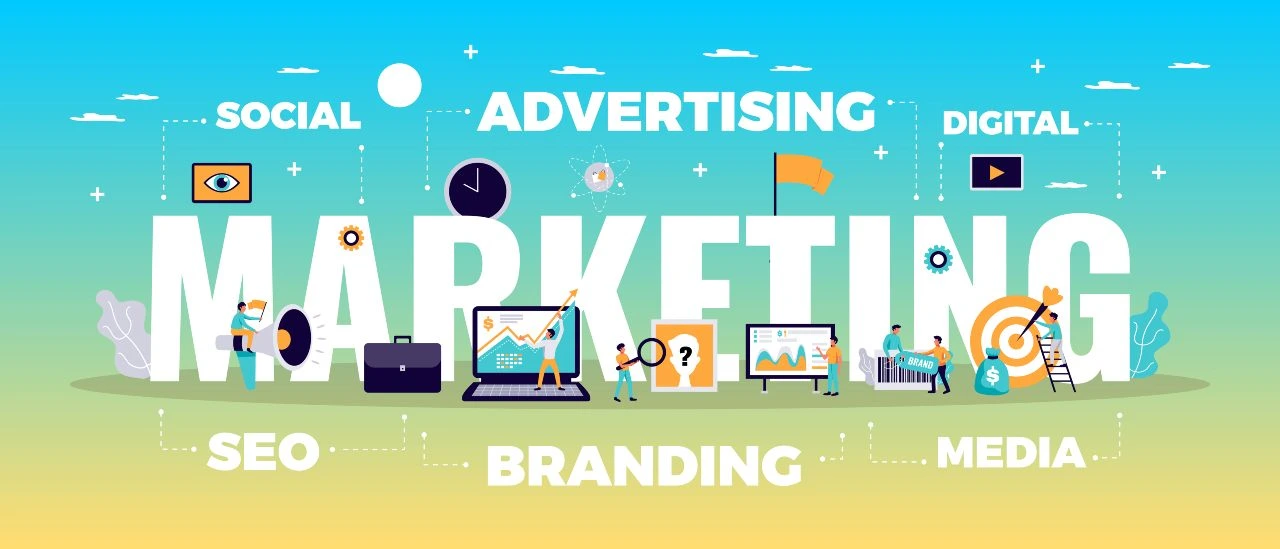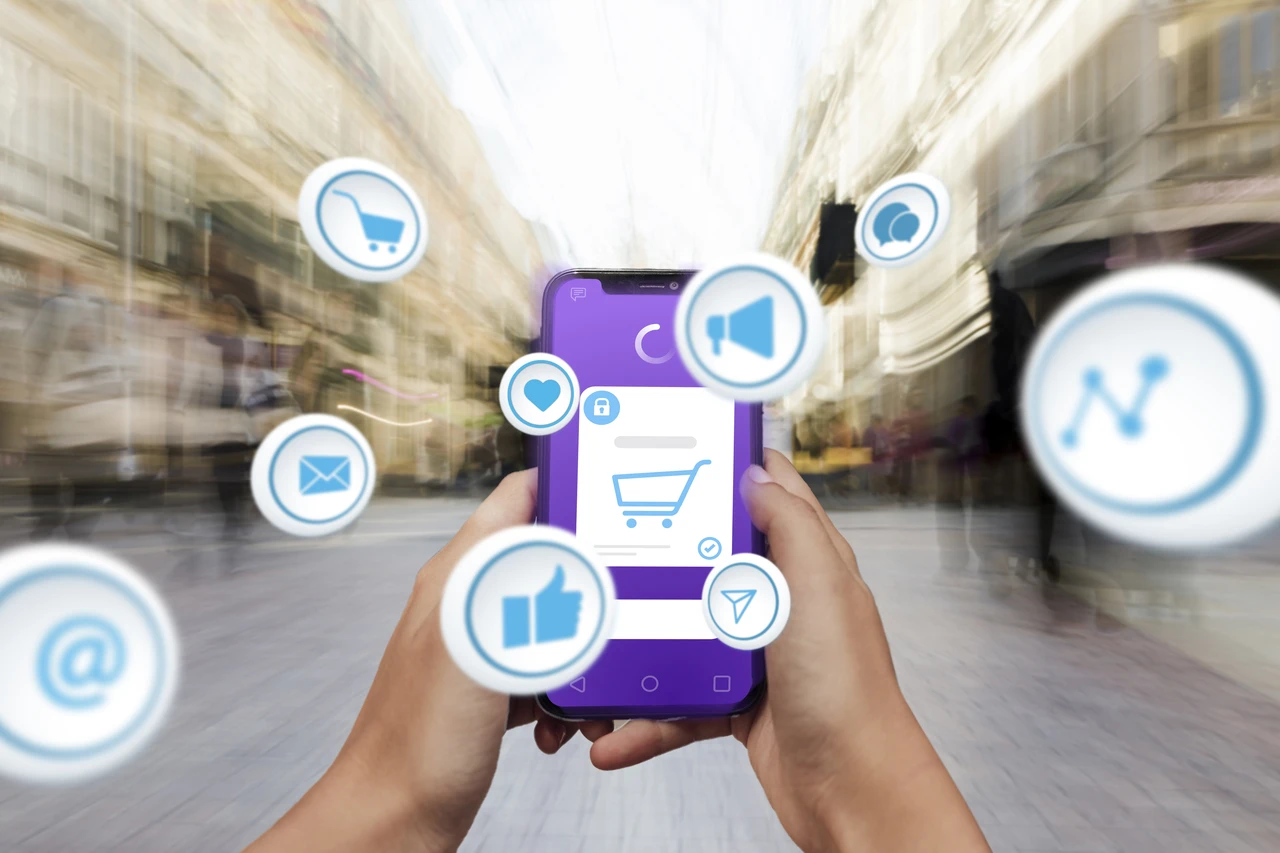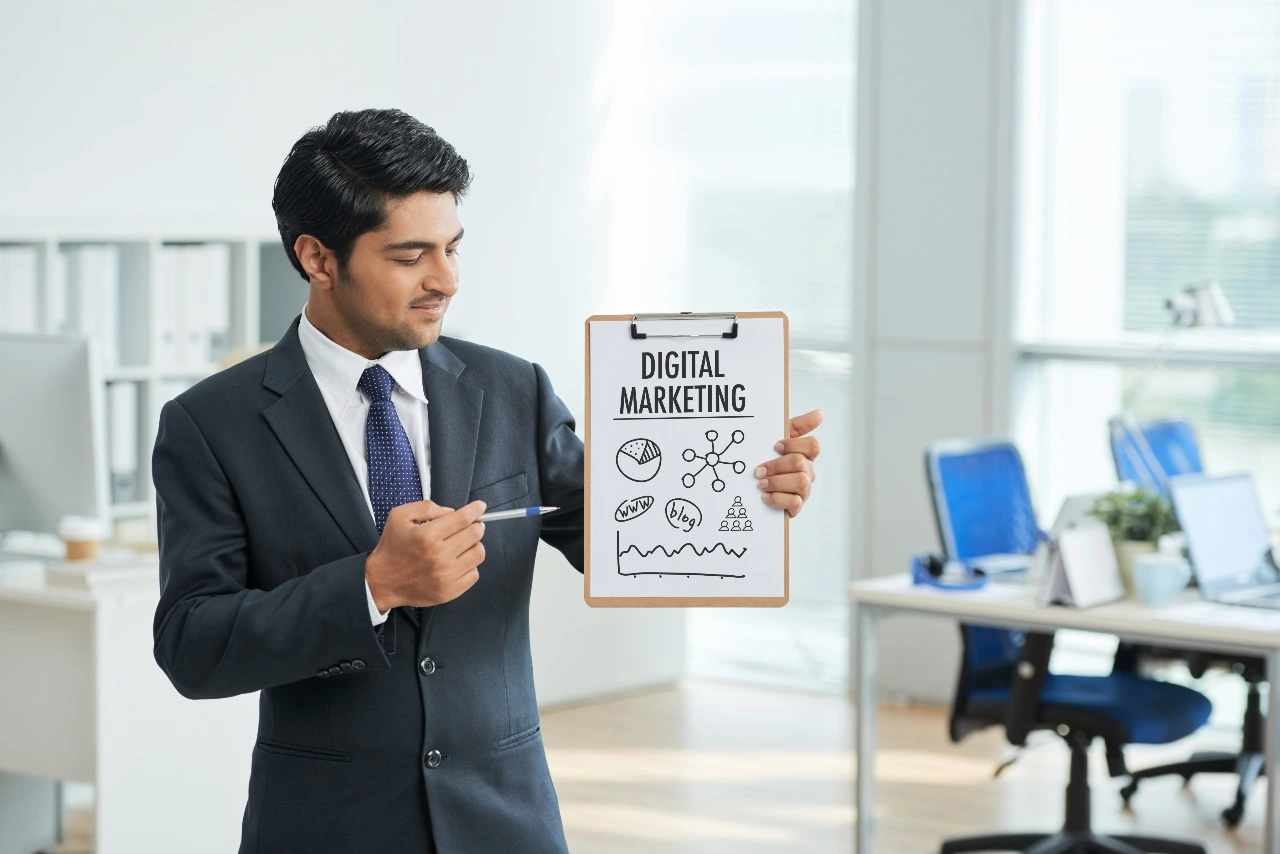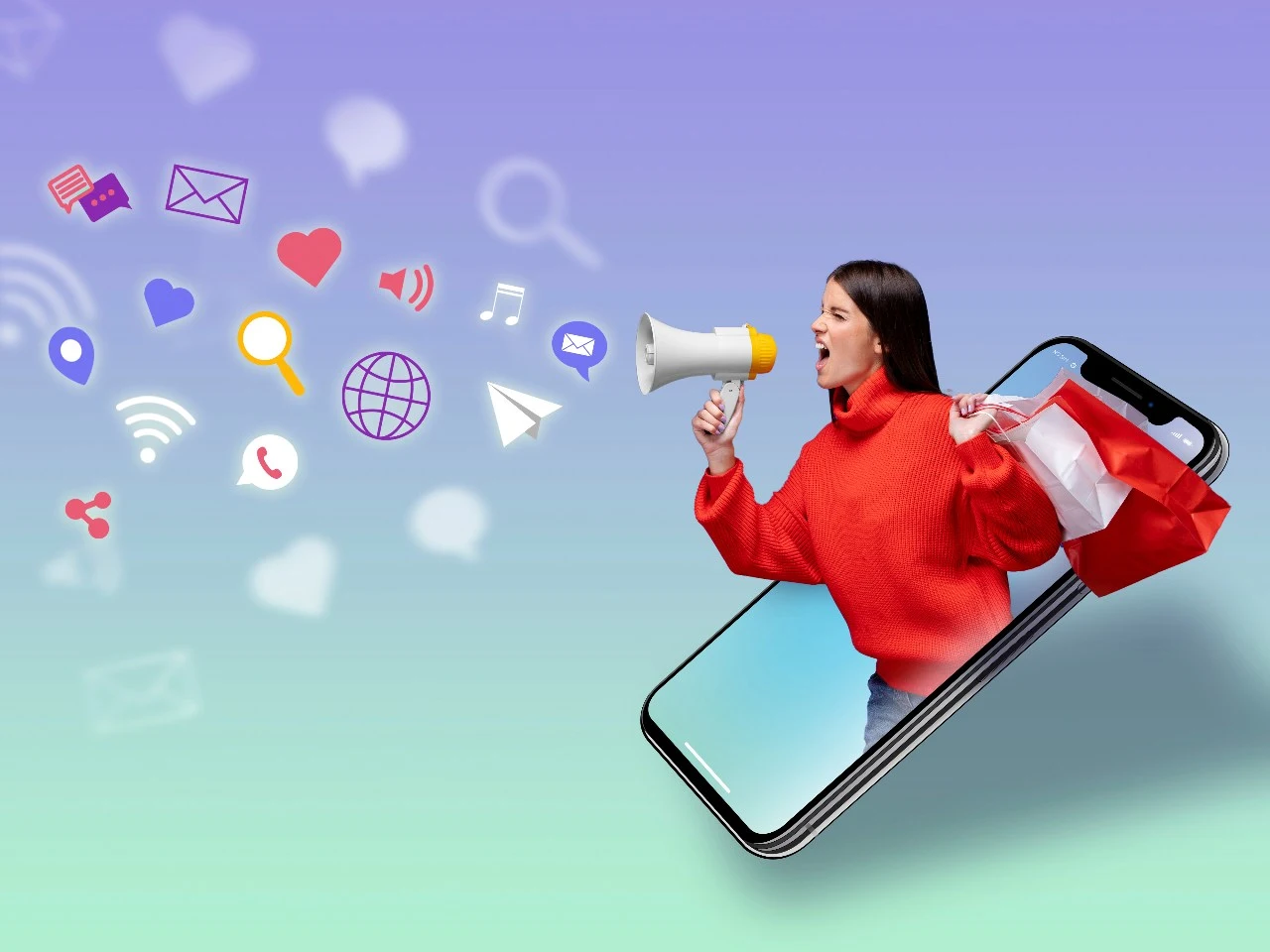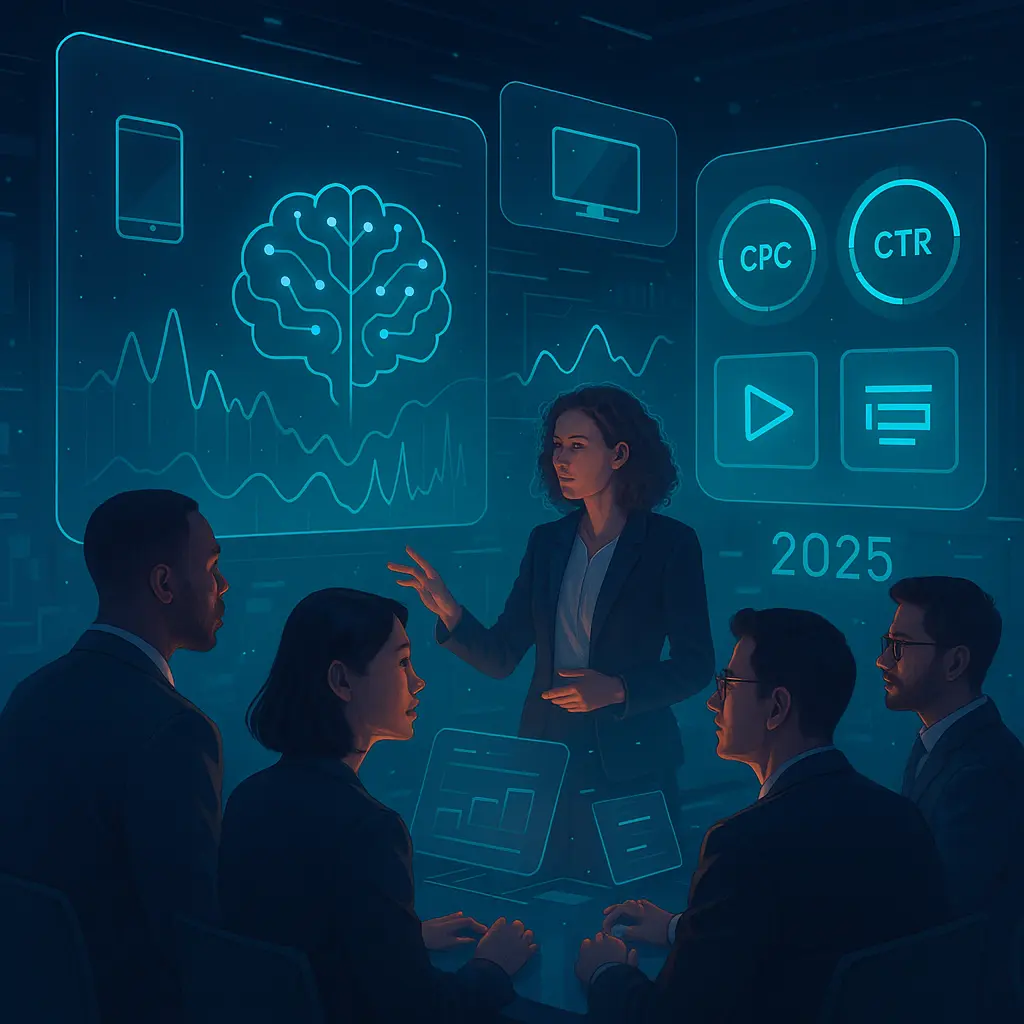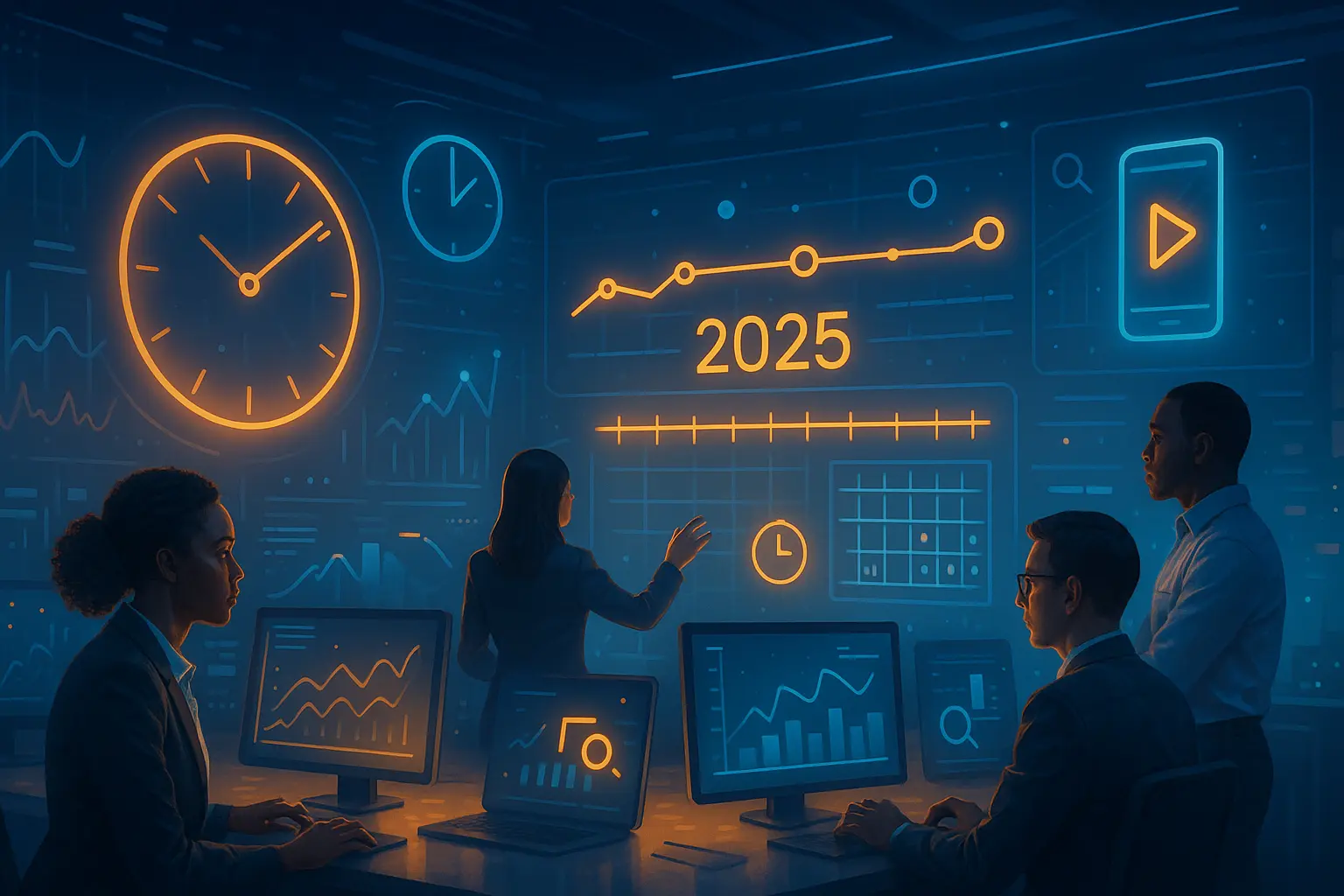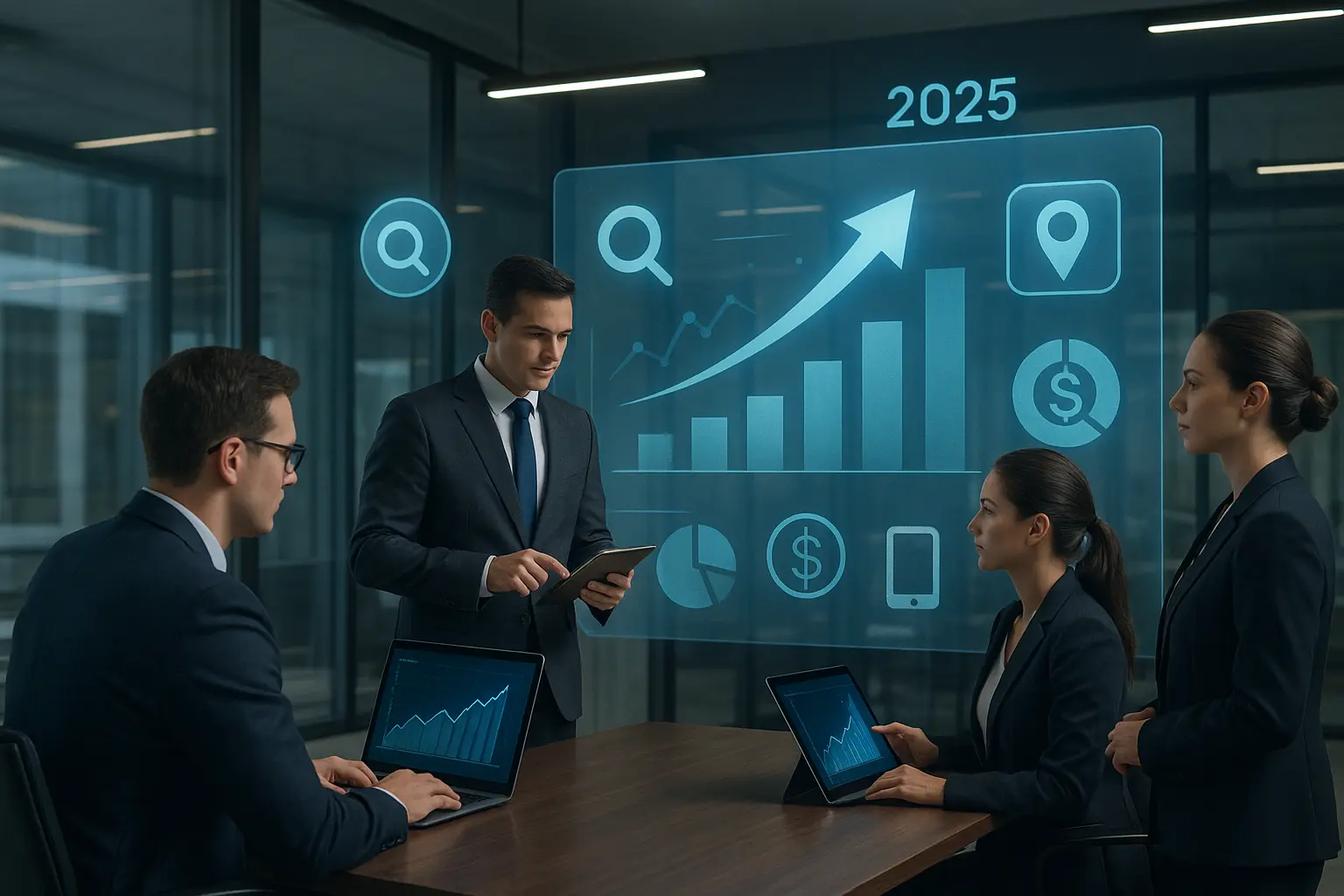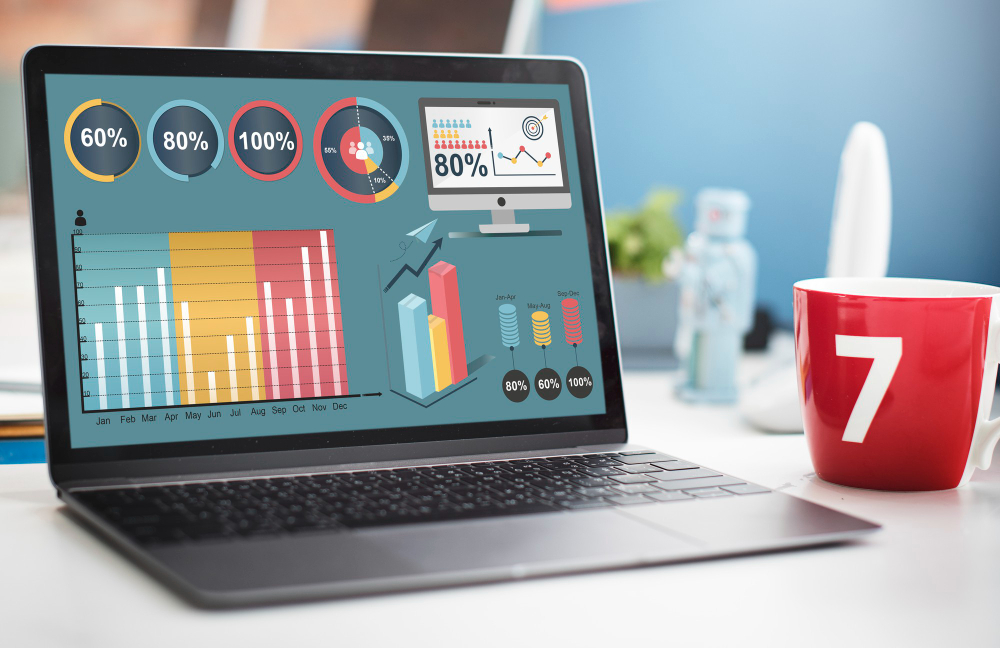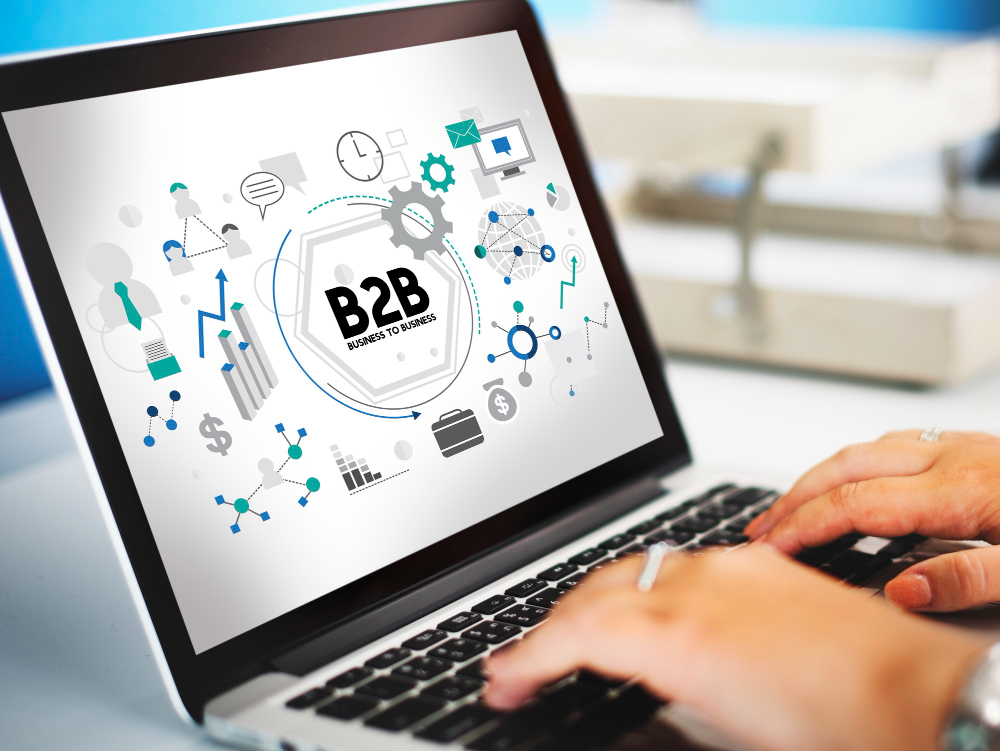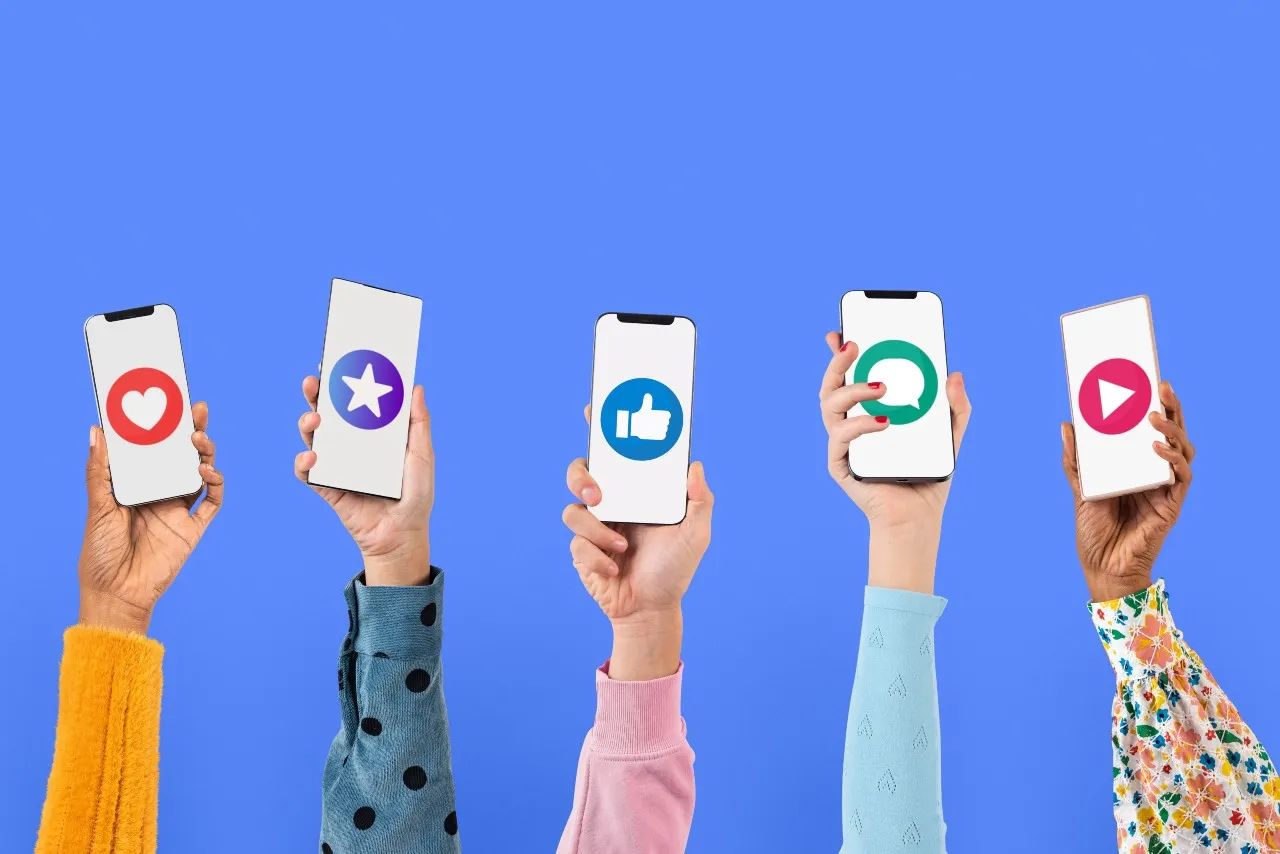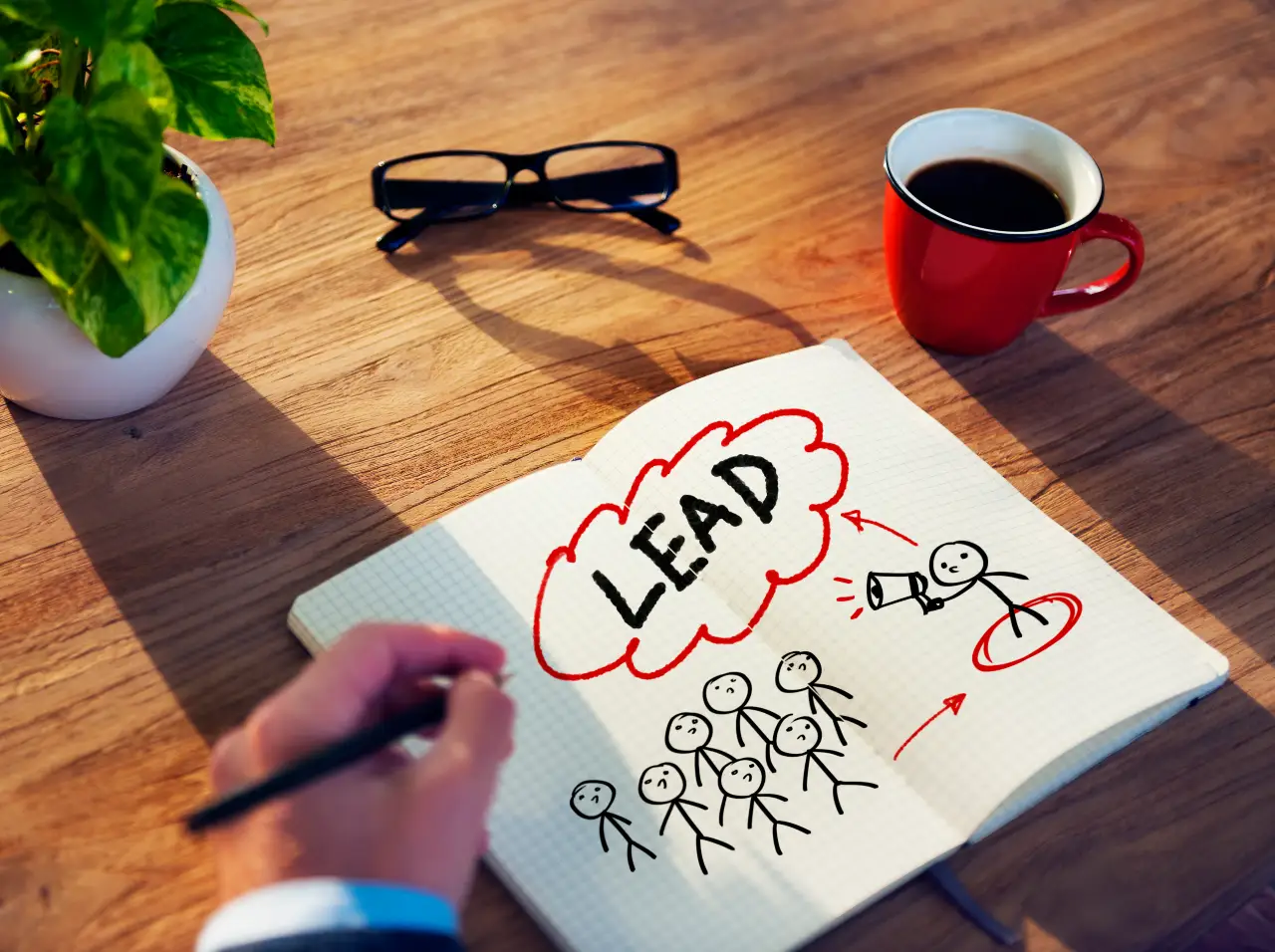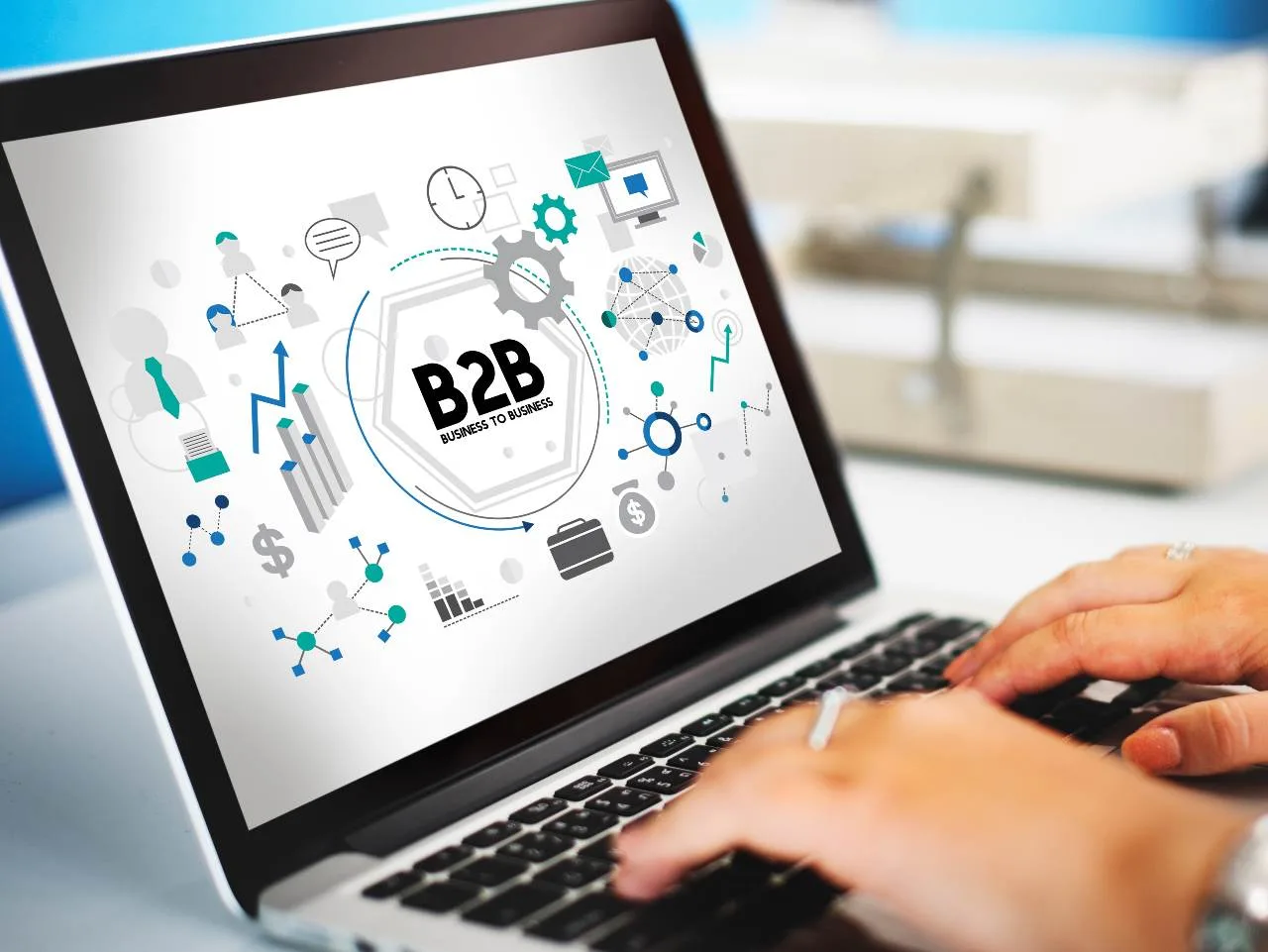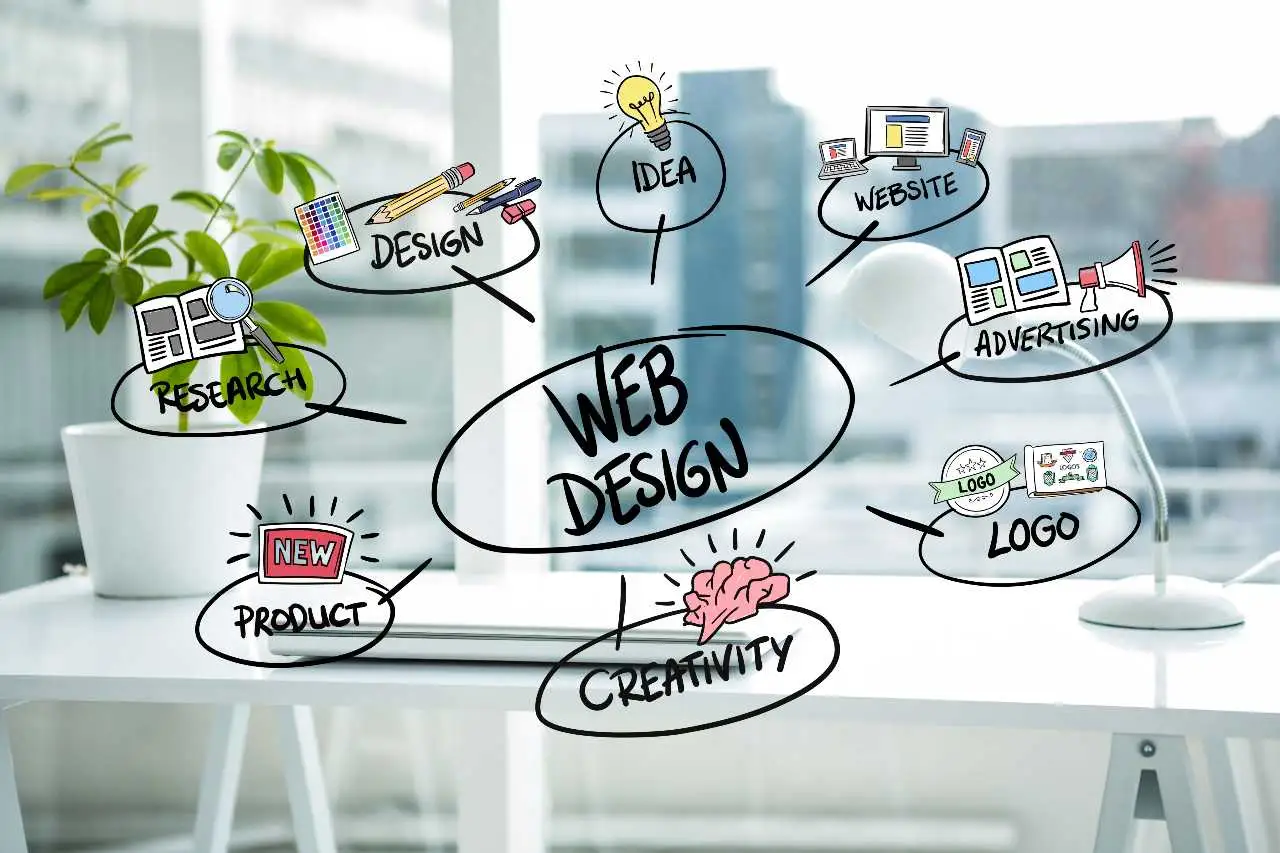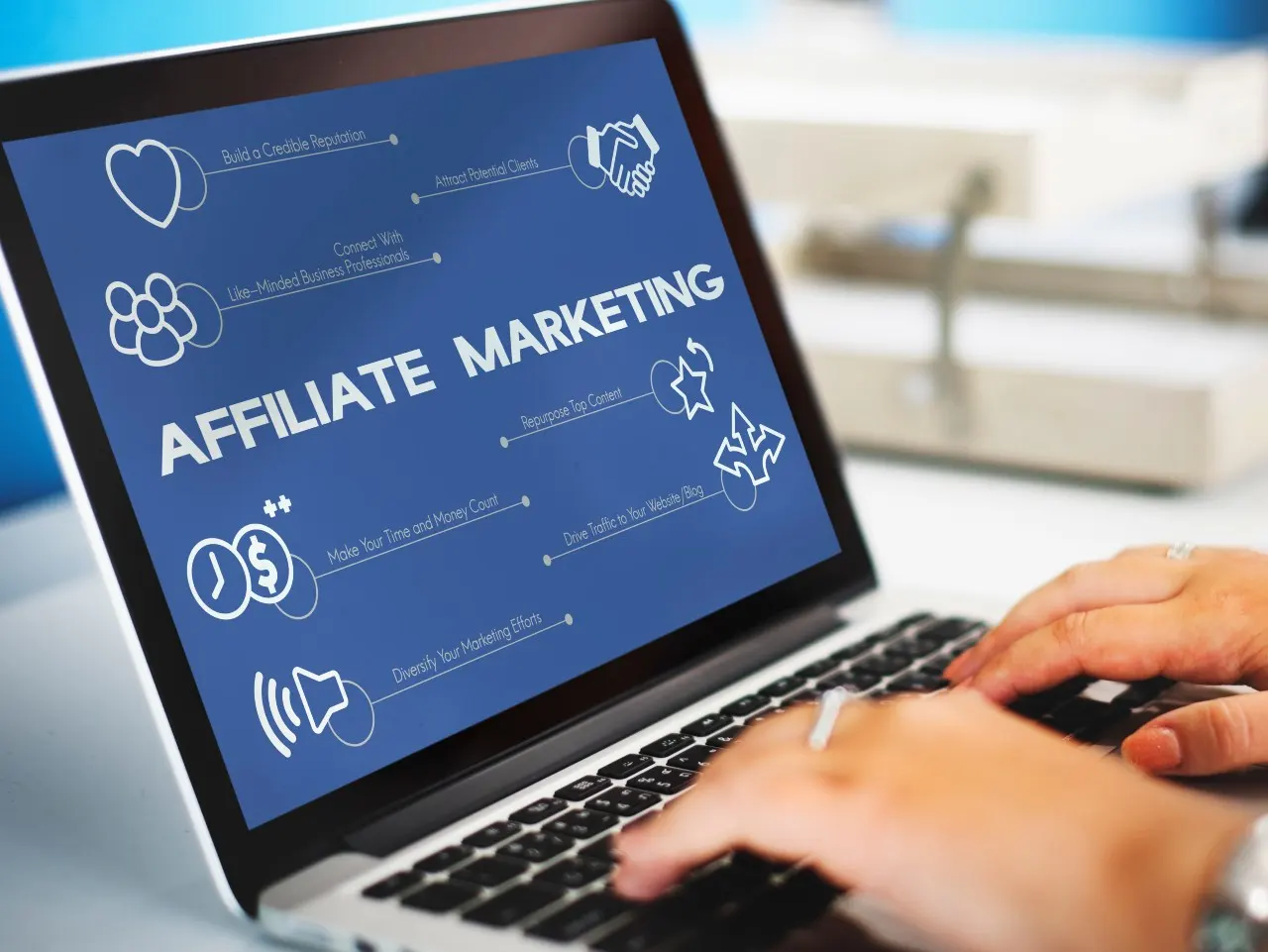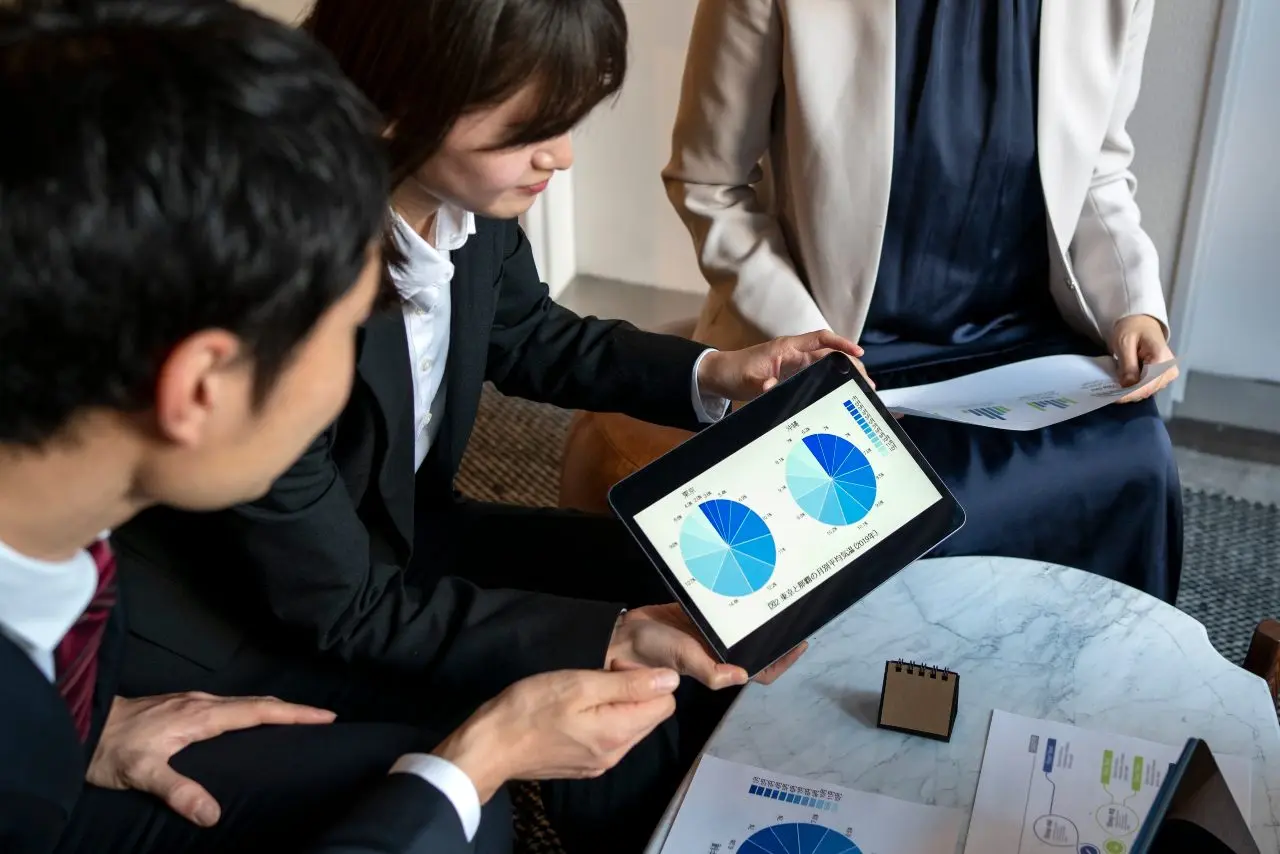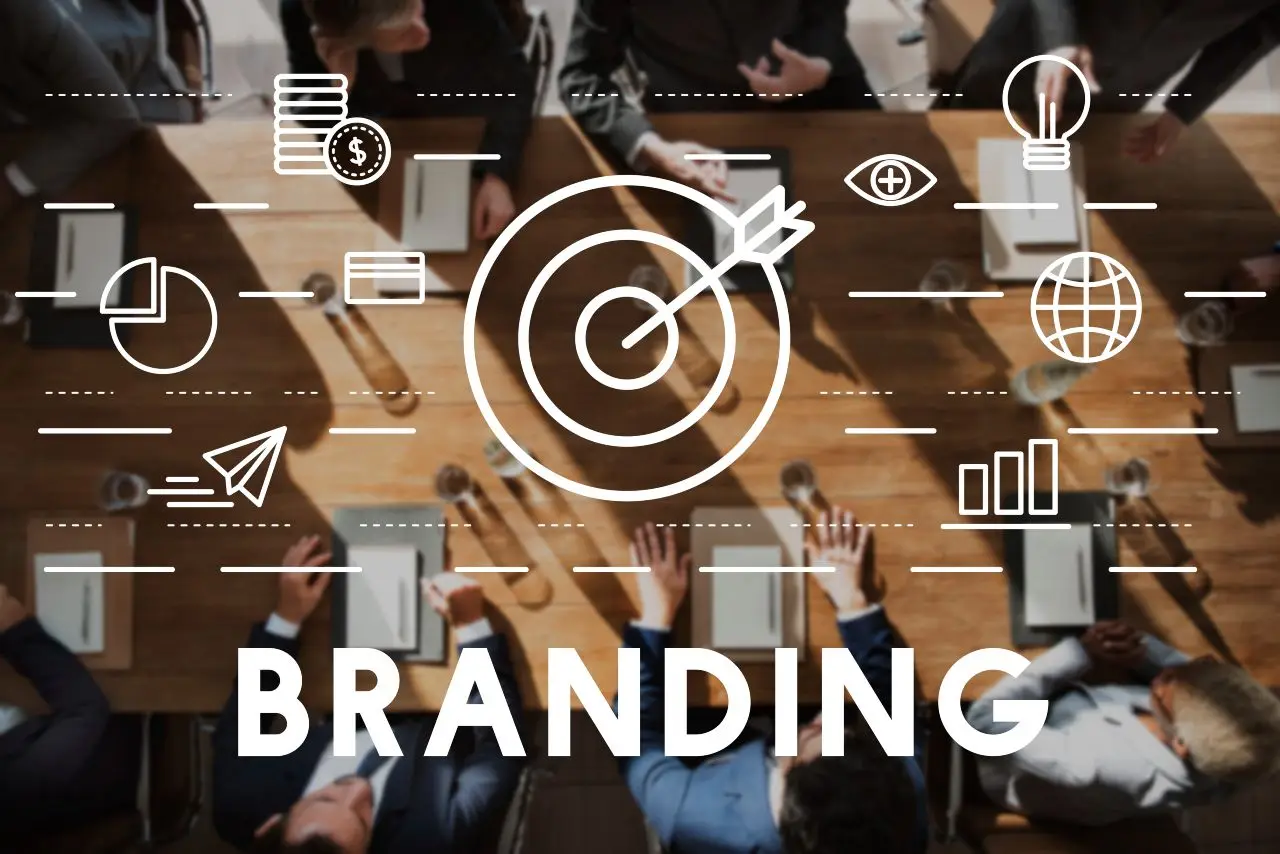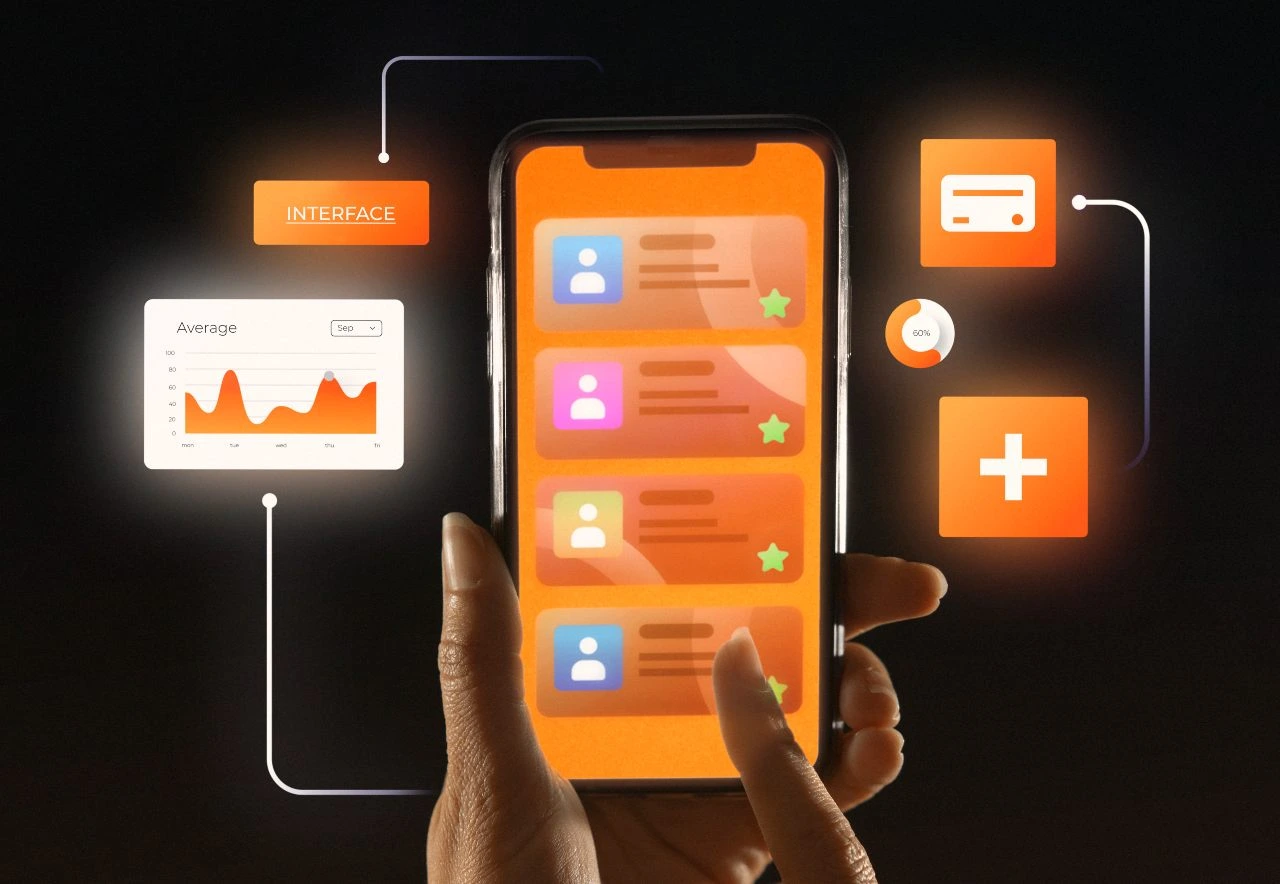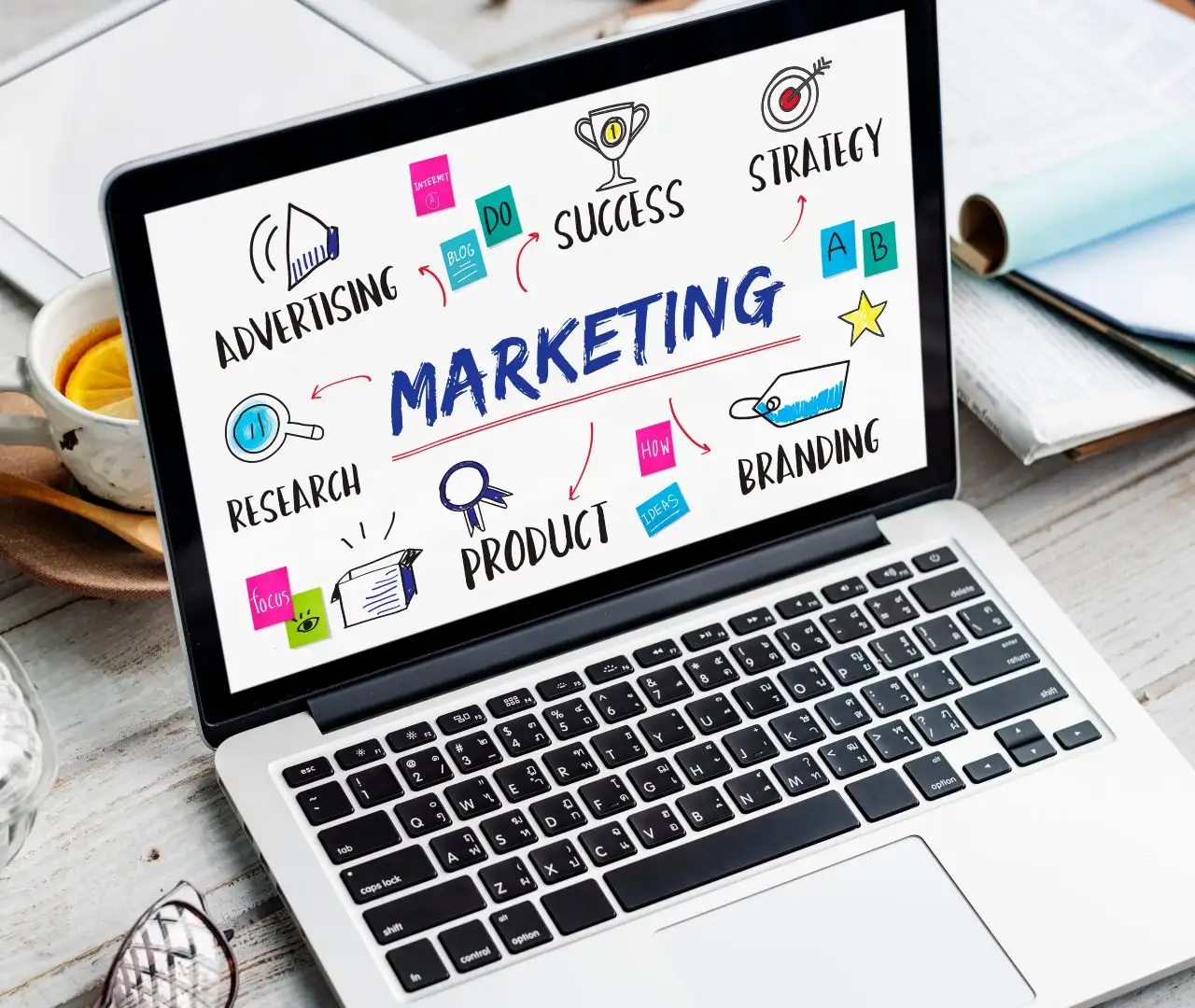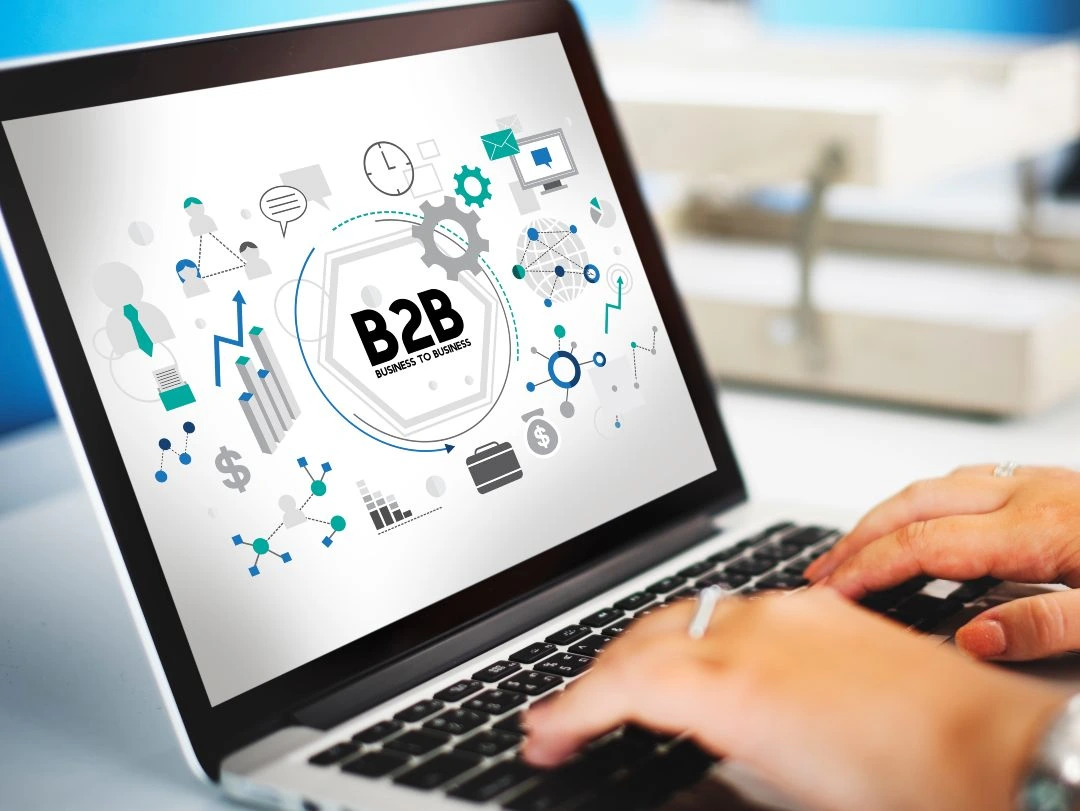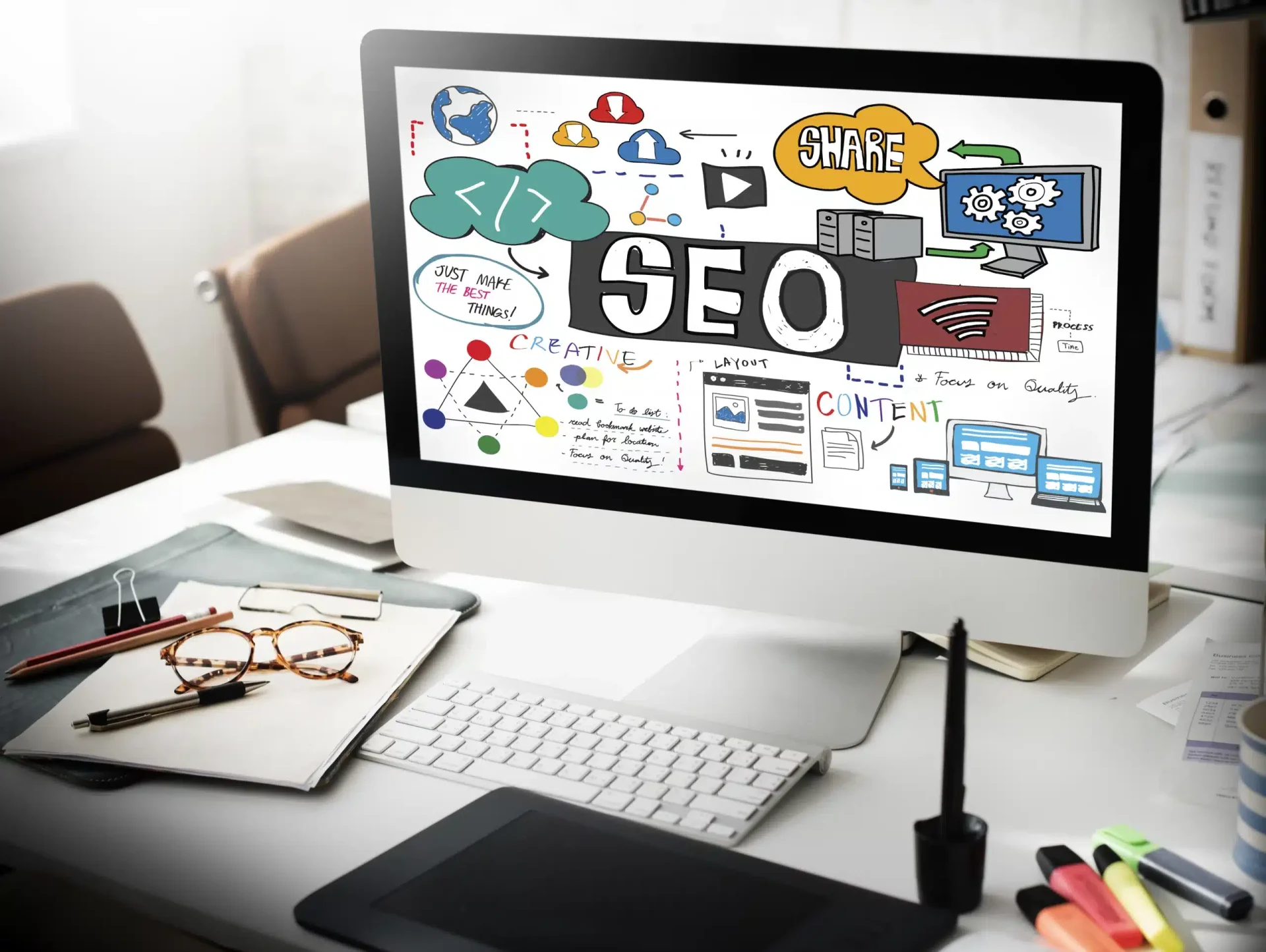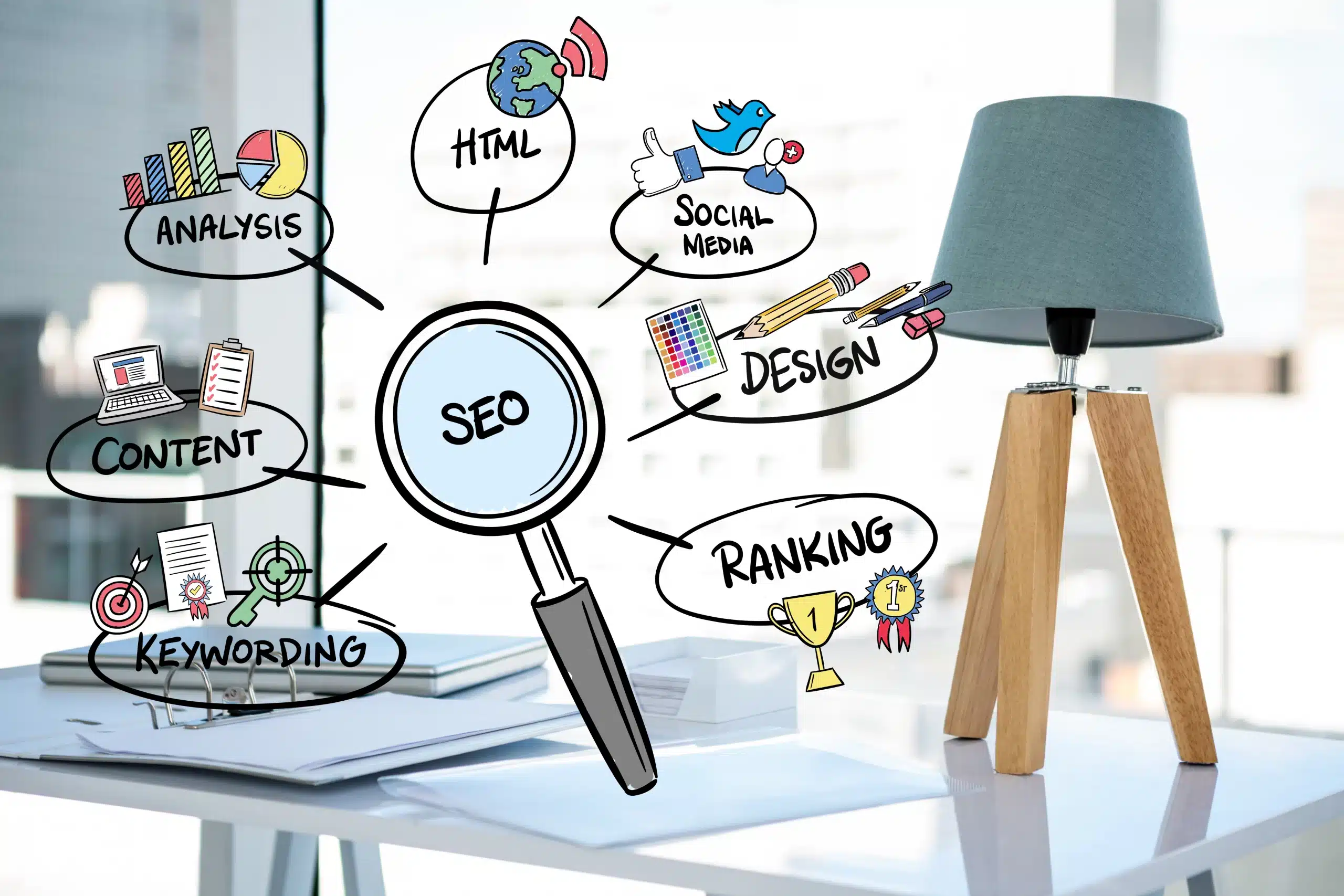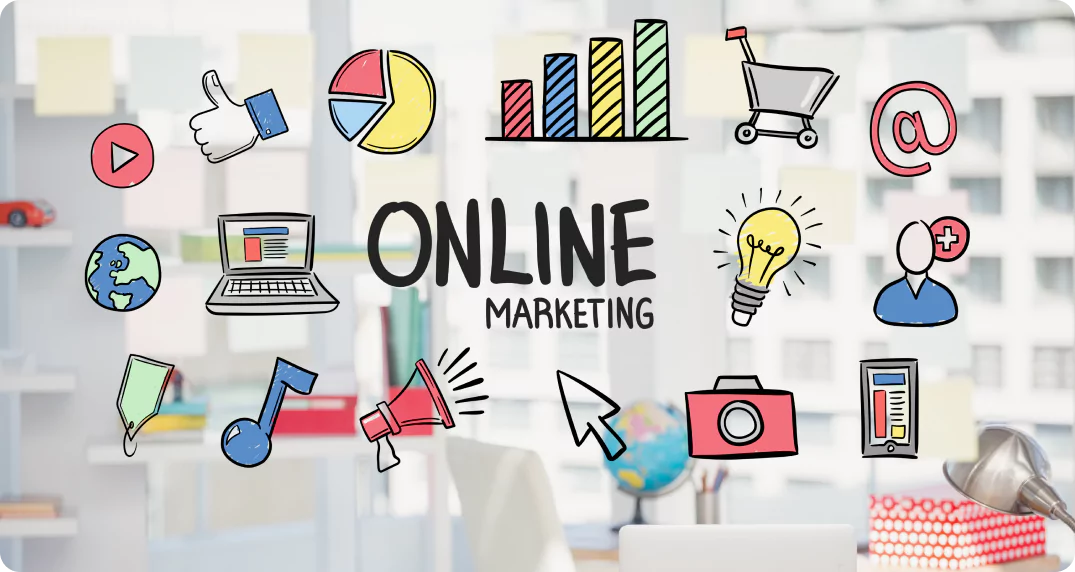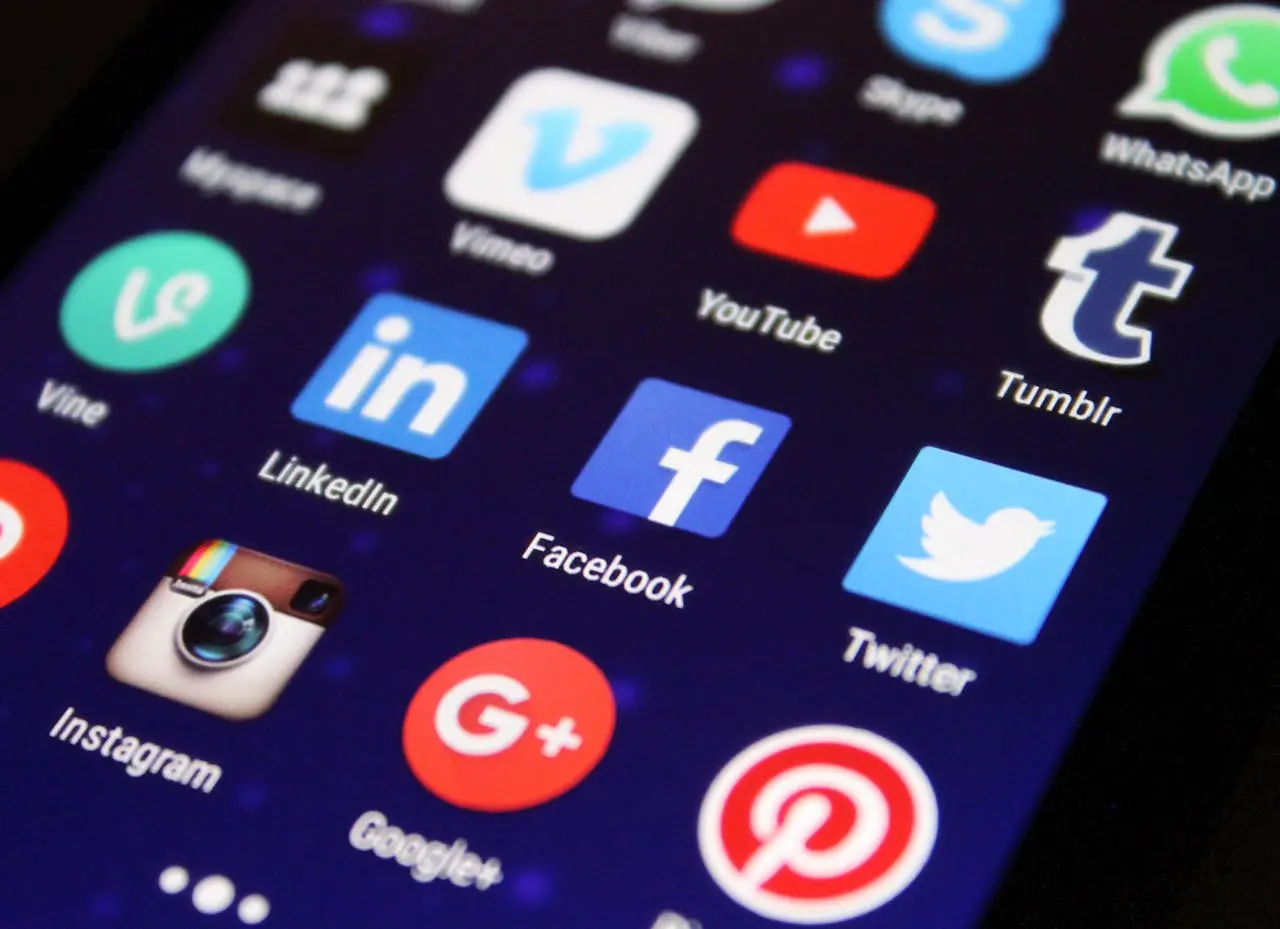Are you trying to boost your digital marketing ROI? You’re not alone. Many businesses are looking for ways to improve their digital marketing effectiveness, from incorporating AI to understanding advertising costs. Recent statistics show where marketers are finding success and what challenges they’re facing.
With the digital landscape constantly evolving, staying informed on the latest digital marketing effectiveness statistics, trends, and insights is critical for making strategic decisions and maximizing your marketing investments.
In this article, we’ll explore the latest statistics in AI adoption, personalization, content creation, and location-based marketing. We’ll also delve into advertising costs and content creation challenges, providing actionable tips to enhance your digital marketing strategies.
The Role of AI in Modern Digital Marketing Strategies
AI is no longer just a futuristic concept in digital marketing; it’s a key player reshaping how campaigns are conceptualized, executed, and optimized. Yet, while AI’s advantages—such as improved efficiency, customer engagement, and data-driven decision-making—are widely recognized, many organizations are still navigating the journey from experimentation to full-scale integration. The gap between exploring AI tools and embedding them into daily workflows highlights both the opportunities and challenges marketers face in leveraging this technology effectively.
-
- 64% of marketers are now utilizing AI and automation in their marketing campaigns. Source
- More than half (54%) of marketing teams experiment with AI on an ad hoc basis, though 27% report no formal use of AI at the team level, leaving it up to individuals. Source
- Only 19% of B2B marketers have fully integrated AI into their daily workflows, showcasing room for adoption at a deeper level. Source
- Governance around AI use is improving, with the percentage of B2B marketing organizations without AI usage guidelines dropping from 61% to 45% in just one year. Source
- 38% of organizations have formal AI guidelines, and 23% ensure these guidelines apply specifically to their marketing teams. Source
- An impressive 67% of small businesses are implementing AI for content marketing and SEO strategies. Source
- AI is gaining traction in content creation, with 64% of marketers using it for this purpose. Source
- 76% of marketers believe that AI will enhance their professional workflows in the future. Source
- Productivity and customer engagement are key AI benefits, with 76% of marketers citing productivity gains and 52% highlighting improvements in engagement. Source
Key Takeaway: Embracing AI for Scalable Growth
While AI adoption is growing rapidly, the disconnect between experimentation and full integration presents both a challenge and an opportunity for digital marketers. Those who move beyond isolated use cases and implement AI strategically—across areas like content creation, customer segmentation, and analytics—stand to achieve significant competitive advantages. The organizations that establish clear AI governance and guidelines will not only scale faster but also minimize risks while boosting productivity and customer satisfaction.
Pro Tip:
Don’t just dabble in AI—define its role within your broader marketing strategy. Start by using AI for targeted tasks, such as automating repetitive processes or personalizing customer interactions. Then, expand its scope as your team grows more comfortable with the technology. Tools like Grammarly for content refinement or Salesforce Einstein for predictive analytics can help you implement AI with measurable impact.
The Impact of Personalization in Digital Marketing
Personalization has become a cornerstone of effective digital marketing strategies, enabling brands to deliver tailored experiences that resonate with individual consumers. By leveraging data insights, companies can create more relevant content, offers, and interactions, leading to enhanced customer satisfaction and loyalty.
- 80% of consumers are more likely to purchase from brands that offer personalized experiences. Source
- 90% of leading marketers believe that personalization significantly contributes to business profitability. Source
- Personalized email campaigns have been shown to deliver 6 times higher transaction rates. Source
- 74% of consumers feel frustrated when website content is not personalized. Source
Key Takeaway: Leveraging Personalization for Enhanced Engagement
Implementing personalization strategies allows brands to connect with their audience on a deeper level, fostering trust and increasing the likelihood of conversion. By understanding and anticipating individual customer preferences, companies can deliver more relevant and engaging experiences.
Pro Tip:
Start by collecting and analyzing customer data to identify patterns and preferences. Utilize this information to segment your audience and tailor your marketing messages accordingly. Ensure transparency in data usage to build trust, and continuously test and optimize personalization tactics to enhance effectiveness.
Digital Marketing Spend, ROI & Budget Allocation Trends for 2025
The digital marketing industry continues to expand rapidly, fueled by shifting consumer behavior, emerging platforms, and increasing investment across businesses of all sizes. To keep pace with this evolution, marketers must understand where the industry is headed—and how to align strategies for optimal ROIs.
- The global digital advertising and marketing market is projected to grow from $667 billion in 2024 to $786.2 billion by 2026. Source
- 63% of businesses have increased their digital marketing budgets in recent years, showing confidence in the channel’s ROI. Source
- PPC advertising delivers a 200% ROI, returning $2 for every $1 spent. Source
- 72% of total marketing budgets are now allocated to digital channels, overtaking traditional media. Source
Key Takeaway: Prioritizing SEO and Website Optimization
Digital marketing is no longer a supplementary effort—it’s the core driver of growth for businesses in every sector. With rising ad spend, evolving digital ads trends, and strong returns, it’s essential for marketers to continuously evaluate performance across paid, organic, and content channels to stay ahead.
Pro Tip:
Double down on what works by tracking performance metrics across channels, as emphasized in Marketing Budget Statistics. Consider increasing investment in high-ROI areas like PPC services and content marketing while leveraging data insights to refine audience targeting and budget allocation
Search Engine Visibility & Content Strategy in Digital Marketing
As competition intensifies in the digital space, visibility on search engines remains a cornerstone of successful marketing. SEO, content marketing, and video strategies are proving vital for driving traffic, building trust, and boosting conversion rates across every stage of the customer journey.
- 93% of all website traffic originates from search engines, reinforcing the necessity of strong SEO. Source
- 89% of marketers say SEO is successful, highlighting its central role in digital strategy. Source
- 84% of organizations have a dedicated content marketing strategy to connect with their target audiences. Source
- 86% of businesses use video as a marketing tool, and 92% of marketers agree it’s a critical part of their content strategy. Source
Key Takeaway: Aligning Content with Search Intent
To succeed in 2025, brands must focus on delivering high-value content that aligns with search intent. Combining robust web development and SEO services with multimedia formats like video not only boosts discoverability but also enhances user engagement and trust.
Pro Tip:
Conduct regular SEO audits such as ecommerce audit or even enterprise seo audit and integrate video content into your blogs and landing pages. Focus on producing content that answers specific user queries, incorporates relevant keywords, and includes structured data to improve SERP visibility.
Mobile Marketing: The Center of Digital Strategy in 2025

Source: TrueList
With mobile usage continuing to dominate digital behavior, mobile marketing has evolved from a complementary tactic into the foundation of digital advertising strategies. Businesses that prioritize mobile-first experiences are seeing stronger engagement, better ad performance, and higher returns on investment.
- Mobile advertising is projected to make up 70% of total digital ad spend by 2028, reflecting the growing importance of smartphone-centric campaigns. Source
- Consumers spend 4.5 hours per day on mobile devices, underscoring the need to optimize content and ads for mobile-first interaction. Source
- 61% of mobile users say they’re more likely to buy from mobile-optimized websites. Source
- Push notifications and SMS marketing are experiencing a resurgence, with open rates as high as 90%. Source
Key Takeaway: Think Mobile-First Across Every Touchpoint
Mobile isn’t just a channel—it’s the primary gateway to reaching and converting modern consumers. Staying on top of emerging mobile marketing trends allows brands to design experiences that meet users where they are. Brands that prioritize mobile-first strategies gain a significant edge in visibility, engagement, and conversions.
Pro Tip:
Ensure your website is mobile-optimized for speed, usability, and layout. Invest in mobile-specific ad formats like vertical video, location-based ads, and app retargeting. Use mobile data to personalize content delivery based on user behavior, device, and location.
Marketing Technology (MarTech) Adoption and Budget Priorities
As digital marketing becomes increasingly data-driven and automated, the adoption of marketing technology (MarTech) is playing a pivotal role in how businesses streamline workflows, optimize campaigns, and allocate budgets.Marketers are investing heavily in tools that power personalization, performance analytics, and cross-channel automation.
- 25.4% of marketing budgets are allocated to MarTech tools, slightly behind paid media, which takes 25.6%. Source
- 82% of marketing leaders have reprioritized digital channel investments, often enabled by technology platforms. Source
- 61% of marketers say improved data quality directly enhances customer experience, a core goal of MarTech platforms. Source
- 47% of marketing leaders found that data-driven strategies were most beneficial in email marketing, followed by customer experience and paid ads. Source
Key Takeaway: MarTech is Driving Smarter, Scalable Campaigns
The growth in MarTech adoption reflects a shift toward automation, efficiency, and personalization. Staying ahead of evolving MarTech trends helps brands make smarter technology investments that scale campaigns and improve customer experiences. Brands that leverage integrated tech stacks can move faster, make better decisions, and deliver more consistent results across digital touchpoints.
Pro Tip:
Audit your current MarTech stack to ensure tools are being fully utilized. Focus on platforms that integrate well with your CRM and data analytics, and prioritize those that enhance the customer journey—especially in key areas like personalization, automation, and attribution modeling.
Voice Search and Its Growing Role in Digital Marketing
Voice search is becoming a critical element of digital marketing strategies as consumers increasingly use smart assistants to interact with content. This shift is forcing marketers to rethink their SEO, content creation, and customer engagement tactics to better align with natural language and intent-based queries.
- By 2025, 50% of all online searches are expected to be conducted through voice-enabled devices. Source
- 71% of users prefer voice search over typing when browsing for information online. Source
- Voice search results are 52% faster than traditional search results and often favor short, concise content. Source
- Voice queries are 3x more likely to be local, making voice search a powerful tool for local digital marketing. Source
Key Takeaway: Voice Is Reshaping Digital Discovery
Voice-enabled search is influencing how users find products, services, and information online. To stay ahead, digital marketers must adapt content strategies for voice discoverability—focusing on conversational keywords, quick-loading pages, and strong local SEO. For businesses lacking in-house expertise, outsourcing SEO services can be a smart way to ensure their websites are optimized for voice-driven queries and emerging search behaviors.
Pro Tip:
Use natural language and question-based phrases in your content, FAQs, and meta descriptions. Optimize for featured snippets and ensure your Google Business Profile is complete to increase visibility in voice-activated local searches.
Conclusion
The digital marketing landscape in 2025 is dynamic, fast-paced, and more data-driven than ever before. As we’ve explored, trends like AI adoption, personalized content, mobile-first strategies, advanced MarTech tools, and voice search are redefining how brands connect with their audiences.
Success in this environment doesn’t come from following every trend—it comes from understanding which strategies align with your brand’s goals and audience needs. The marketers who will thrive are those who prioritize adaptability, commit to continuous learning, and integrate technology in ways that enhance—not replace—human insight.
Ready to boost your traffic and grow your website? Your customers are looking for you, and our SEO services can help you be found across search engines. Let us help you future-proof your strategies and achieve measurable growth.
About Digital Marketing Effectiveness: Key Statistics, Trends & Insights for 2025
Note: This feature blog’s image are sourced from Freepik.

